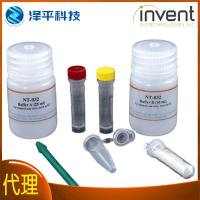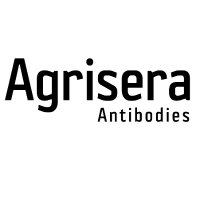Role of Ion Channels in Plants
互联网
631
When the second patch-clamp book of Sakmann and Neher appeared in 1995 (Sakmann and Neher, Single-channel recording, 2nd edn. Plenum Press, New York, 1995), the molecular nature of plant ion channels was still in its infancy. Since 1995, various members of the Shaker-, Two-Pore-, and KCO-type potassium channels have been identified; and their cellular and subcellular localizations have been resolved. The function of major K+ channels has been characterized in its natural environment of plant cells and after heterologous expression. Just a few years ago, the first genes encoding plant plasma membrane anion channels were identified and shown to encode channels mediating S low/SLAC-type and R apid/QUAC-type currents. Distinct members of the potassium and anion channel families are involved in volume regulation, nutrient sensing, and uptake. Among them the K+ channel AKT1 and anion channel SLAC1 are addressed in a calcium-dependent manner. Thereby, protein kinase–channel interaction and transphosphorylation are the keys to channel opening. In contrast to animal cells, plant cells are equipped with a large central vacuole. This acidic internal organelle provides for dynamic storage of ions and nutrients. Using isolated vacuoles from the model plant Arabidopsis thaliana in combination with transient overexpression approaches, major and low abundant ion channels and transporters could be characterized. This chapter provides insights into the current state of the plant ion channel field and introduces new approaches with patch-clamping plant cells and vacuoles.








